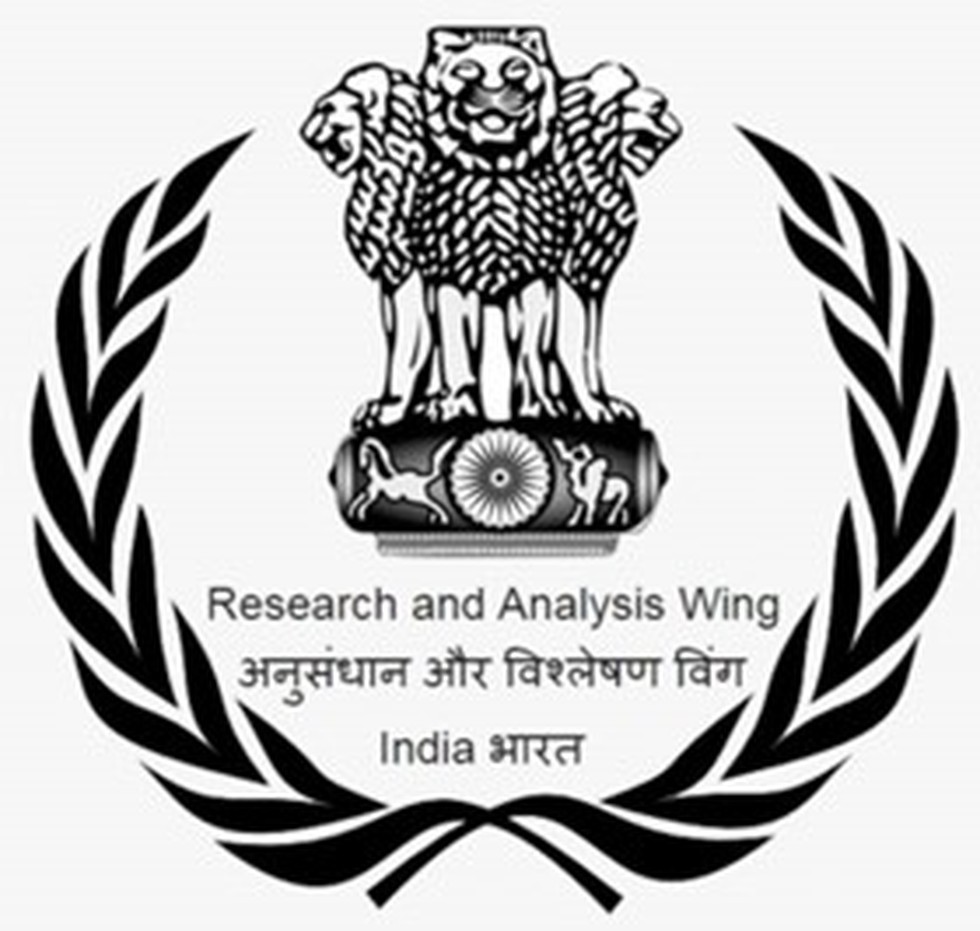
About Research and Analysis Wing (R&AW)
- It was established in 1968 to handle the India’s international intelligence affairs.
- It came into force after the China-India War in 1962.
- At present, the intelligence arm operates under the aegis of the Prime Minister’s Office.
- Working mechanism: It collects military, economic, scientific, and political intelligence through covert and overt operations.
- The agency is also charged with monitoring terrorist elements and smuggling rings that transport weapons and ammunition into India.
Genesis of RAW
- Until 1968, the Intelligence Bureau (IB) was responsible for India’s internal intelligence and also handled external intelligence.
- However, after the 1962 China-India war and the Indo-Pakistani war in 1965, India established a separate and distinct external intelligence organization – the Research and Analysis Wing.
- In 1968, then India’s Prime Minister Indira Gandhi appointed R. N. Kao as the first director of RAW.

About Asia Pacific Plant Protection Commission:
- It is an intergovernmental organization that promotes cooperation among countries in the Asia-Pacific region to enhance plant health and plant protection.
- It was established in 1956 as a regional body approved by the Food and Agriculture Organization (FAO) of the United Nations.
- Member Countries: The commission consists of 25 member countries, including India.
- Structure of the organization:
- The Commission consists of representatives of all member countries and elects amongst them a Chairperson who serves for a period of two years.
- The Director-General of the Food and Agriculture Organization appoints and provides the secretariat that coordinates, organizes and follows up the work of the Commission.
- The Commission, according to its provisions convenes at least once every two years and opens for participation to all member countries.
- Objectives: The commission coordinates and supports plant protection activities of its Members in Asia and the Pacific, with emphasis on developing regional standards for phytosanitary measures (RSPMs) etc.
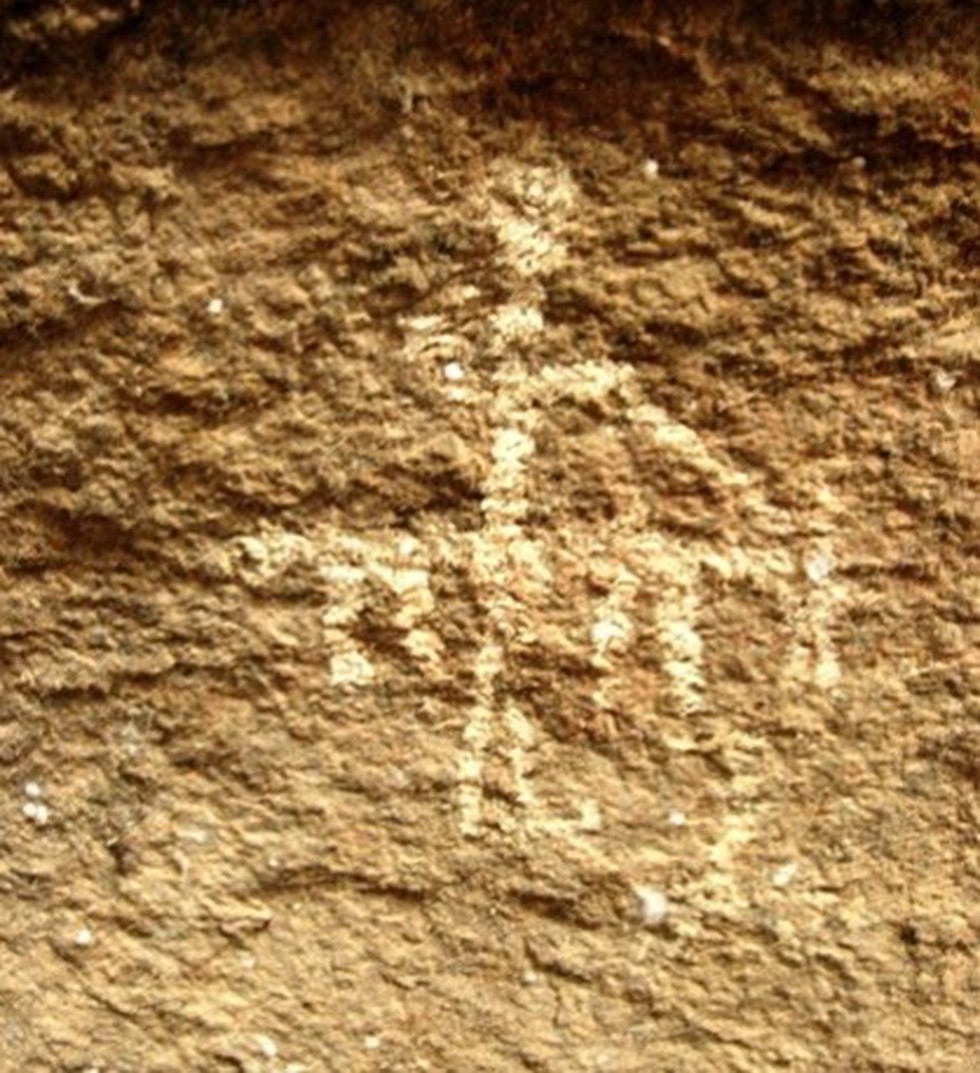
Key findings:
- The paintings were made with “natural white kaolin and red ochre pigments”,
- Ochre is a pigment composed of clay, sand, and ferric oxide.
- Kaolinite is a soft, earthy, and usually white mineral produced by the chemical weathering of aluminum silicate minerals like feldspar.
- These paintings throw light on aspects of the social life and culture of the people who lived in the area.
- One of the paintings depicted a man catching a wild goat with his left hand while wielding a hook-like implement to control it.
- Another showed two couples standing with their hands raised while a child stood behind them.
What is the Mesolithic period?
- It is also called Middle Stone Age which existed between the Paleolithic (Old Stone Age) and the Neolithic (New Stone Age).
- Timeframe: This period is generally considered to have occurred between approximately 12,000-10,000 years ago
- Lifestyle: During the Mesolithic period, human societies were predominantly hunter-gatherer communities.
- People relied on hunting, fishing, and gathering wild plant resources for their sustenance.
- Stone tools found during this period are generally tiny, and are called microliths.
- Microliths were probably stuck onto handles of bone or wood to make tools such as saws and sickles.
- At the same time, older varieties of tools continued to be in use.

About GEMCOVAC –OM Vaccine:
- It was developed using the indigenous platform technology by Gennova Biopharmaceuticals Ltd. and supported under the Mission COVID Suraksha, implemented by Biotechnology Industry Research Assistance Council (BIRAC).
- It is a thermo-stable vaccine, which does not require ultra-cold chain infrastructure used for other approved mRNA-based vaccines, making it easy for deployment pan India.
- It is delivered intra-dermally using a needle-free injection device system.
- When administered intradermally in participants as a booster, it generated significantly higher immune responses.
- The clinical outcome demonstrates the need for variant-specific vaccines for desired immune response.
Key facts about BIRAC
- It is a not-for-profit Section 8, Schedule B, Public Sector Enterprise, set up by the Department of Biotechnology (DBT), Government of India,
- It is an Interface Agency to strengthen and empower emerging Biotech enterprises to undertake strategic research and innovation, addressing nationally relevant product development needs.
What is mRNA vaccine?
- It contains messenger RNA (mRNA), a single-stranded RNA molecule that complements DNA.
- It is created in the nucleus when DNA is transcribed by RNA polymerase to create pre-mRNA.
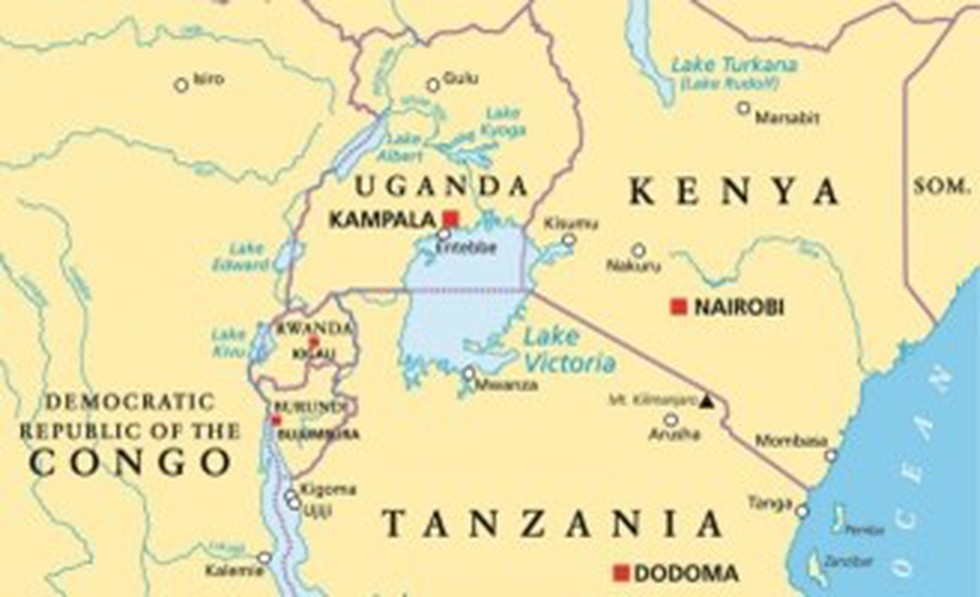
Key findings of the report:
- Heavy rains, wind storms, and floods threaten the survival and water access of the communities living in the Lake Victoria Basin (LVB), East Africa.
- Nearly 40 million inhabitants are strongly affected by extreme weather events such as regular flooding.
- The resultant massive flooding in lake-adjacent areas displaced over 200,000 people in Kenya, Uganda and Tanzania.
- Lake Victoria and its surrounding wetlands and forests have faced extreme pressure and degradation due to rapid population growth, agricultural expansion, urbanisation and industrialisation.
About Lake Victoria:
- It is the world’s second-largest freshwater lake.
- Location: It is located in East Africa, bordered by Tanzania, Uganda, and Kenya.
- It is also called Victoria Nyanza in Kenya, Nalubaale in Uganda, and Ukerewe in Tanzania.
- It is a source of the White Nile River which flows northward and eventually joins the Blue Nile in Sudan to form the Nile River.
- The lake supports the largest freshwater fishery in the world, producing 1 million tons of fish per year and employing 200,000 people in supporting the livelihoods of 4 million people.
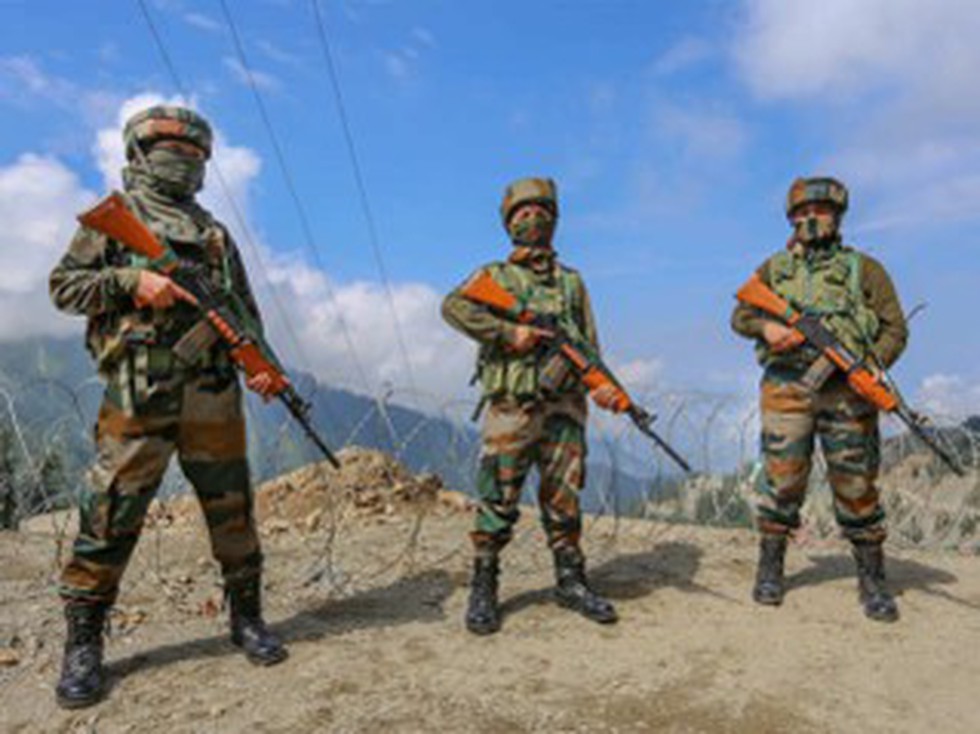
About Assam Rifles:
- The Assam Rifles, one of the central armed police forces, is the leading counter-insurgency force in the Northeast.
- Background:
- It is the oldest paramilitary force in India.
- The unit can trace its lineage back to a paramilitary police force that was formed under the British in 1835 called Cachar Levy.
- Since then, the Assam Rifles have undergone a number of name changes—the Assam Frontier Police (1883), the Assam Military Police (1891) and Eastern Bengal and Assam Military Police (1913), before finally becoming the Assam Rifles in 1917.
- Role: It is tasked with the maintenance of law and order in the North East along with the Indian Army and also guards the Indo-Myanmar border in the region.
- It is also known as ‘Sentinels of the Northeast’.
- HQ: Shillong, Meghalaya.
- Motto: Friends of the Hill People.
- Control:
- It is the only paramilitary force with a dual control structure.
- While the administrative control of the force is with the Ministry of Home Affairs, its operational control is with the Indian Army, which is under the Ministry of Defence.
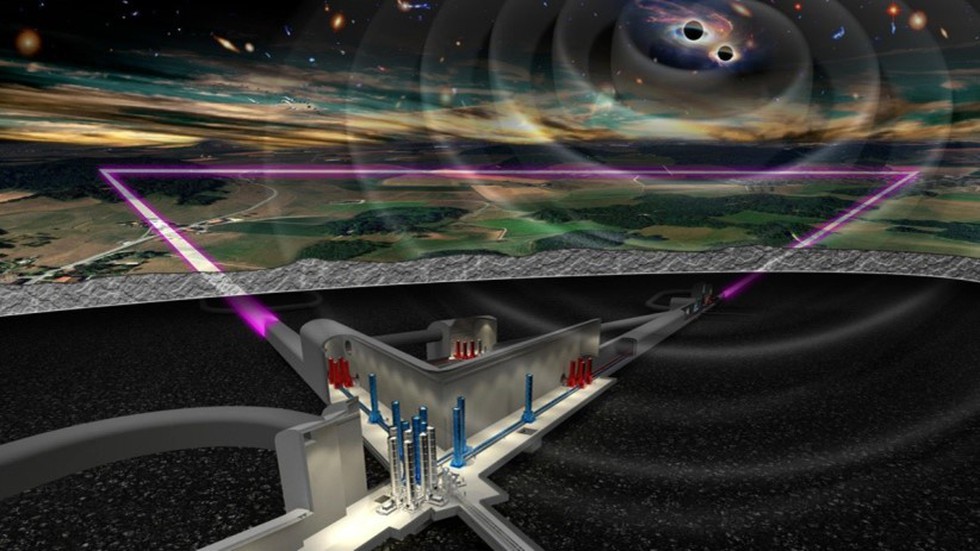
About Einstein Telescope:
- It is an advanced gravitational-wave observatory, currently in the planning stage.
- It builds on the success of current, second-generation laser-interferometric detectors Advanced Virgo and Advanced LIGO, whose breakthrough discoveries of merging black holes (BHs) and neutron stars over the past 5 years have ushered scientists into the new era of gravitational-wave astronomy.
- The Einstein Telescope will achieve a greatly improved sensitivity by increasing the size of the interferometer from the 3km arm length of the Virgo detector to 10km, and by implementing a series of new technologies.
- The expected sensitivity of the Einstein Telescope will be at least a factor of ten times that of Ligo.
- Applications:
- It will make it possible, for the first time, to explore the Universe through gravitational waves along its cosmic history up to the cosmological dark ages, shedding light on open questions of fundamental physics and cosmology.
- It will probe the physics near black-hole horizons (from tests of general relativity to quantum gravity), help understand the nature of dark matter, and the nature of dark energy and possible modifications of general relativity at cosmological scales.
- Its low-frequency sensitivity will allow us to detect intermediate-mass black holes.
What are Gravitational Waves?
- They are 'ripples' in space-time caused by some of the most violent and energetic processes in the Universe.
- Albert Einstein predicted the existence of gravitational waves in 1916 in his general theory of relativity.
- Einstein's mathematics showed that massive accelerating objects (things like neutron stars or black holes orbiting each other) would disrupt space-time in such a way that 'waves' of undulating space-time would propagate in all directions away from the source.
- These cosmic ripples would travel at the speed of light, carrying with them information about their origins, as well as clues to the nature of gravity itself.
- The strongest gravitational waves are produced by cataclysmic events such as colliding black holes, supernovae, and colliding neutron stars.
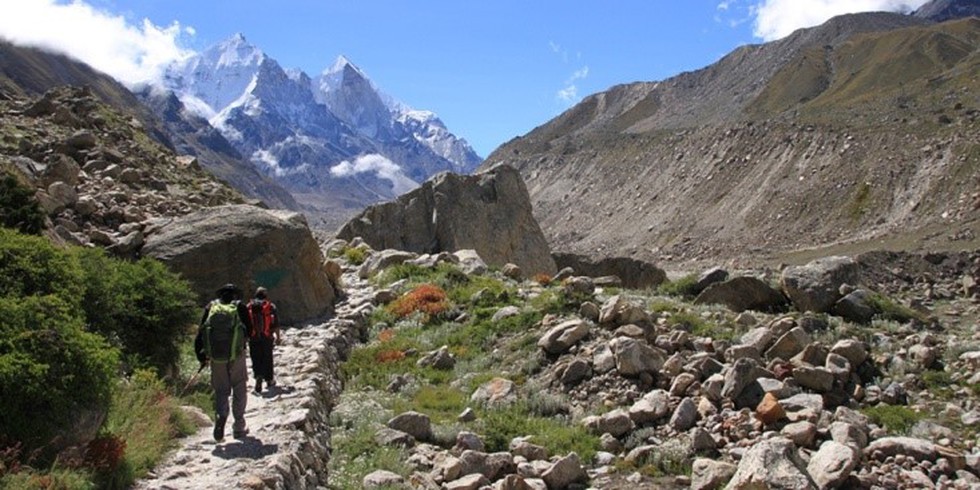
About Gangotri National Park:
- Location:
- It is located in the Uttarkashi District region of the state of Uttarakhand.
- It sits along the upper catchment of the Bhagirathi River.
- The northeastern section of the park forms the international boundary of India and Tibet (China).
- The area enclosed by the park also borders Kedarnath Wildlife Sanctuary and Govind National Park.
- The park spans 2,390 sq km (920 sq mi) of land across a highly mountainous part of the country.
- The mountains in the park are part of the Gangotri Group of the Garhwal Himalayas, which are a subrange of the eastern Himalayas.
- Peaks: Major peaks within the park include Chaukhamba I, Satopanth, Chaukhamba II, Chaukhamba III, and Kedarnath Main.
- The famous Gangotri Glacier is located in the park boundaries and is known for being one of the primary sources of the Ganges.
- Ecology:
- It is home to high-altitude ecosystems that are common in the Himalayas.
- Western Himalayan subalpine conifer forests dominate the lower elevation These forests are filled with fir trees intermixed with deodar, oak, spruce, and rhododendrons trees.
- Higher elevations in the park are home to Western Himalayan alpine shrubs. Alpine meadows are also common beneath the massive glaciers.
- Fauna:
- It is home to the ever-elusive snow leopard.
- Other species include brown bear, blue sheep, musk deer, Asian black bear, and the Himalayan tahr, among others.
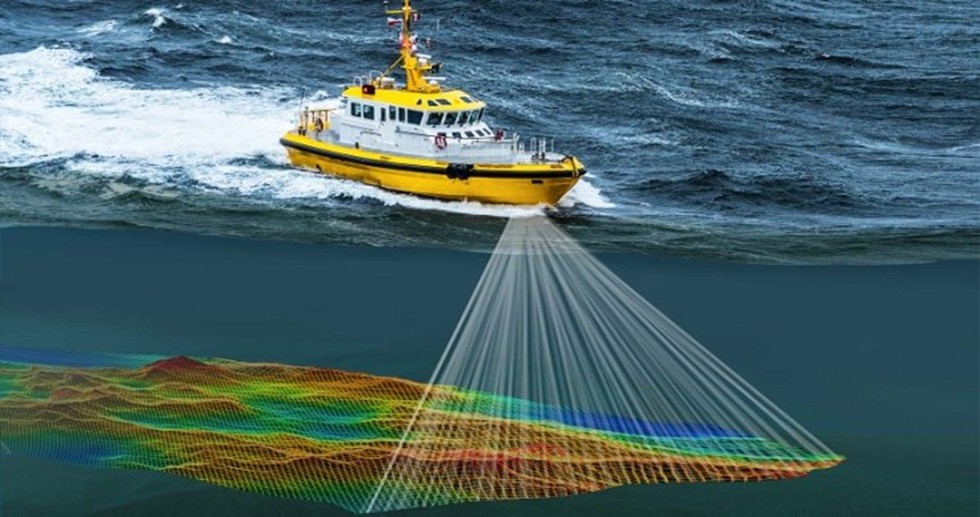
About Hydrography:
- Hydrography is the branch of applied sciences which deals with the measurement and description of the physical features of oceans, seas, coastal areas, lakes and rivers, as well as with the prediction of their change over time.
- This is done mainly with specialised ships and boats operating echo sounders and sonars, but also using survey aircraft fitted with lasers.
- Useful information can also be derived sometimes from satellite observations.
- Hydrography also involves measuring the tide and the currents.
- Unlike oceanography, hydrography will include shore features, natural and manmade, lights and towers that will aid in fixing a ship's position, as well as the physical aspects of the sea and seabed.
- The most well-known application of hydrographic information is for making the nautical charts that all mariners use for navigation.
- Hydrographic information is required for the safe, efficient and sustainable conduct of every human activity that takes place in, on or under the sea.
World Hydrography Day:
- It is marked annually on June 21.
- It is officially recognised and implemented by the International Hydrographic Organisation (IHO).
- It serves as a platform to highlight the crucial work carried out by hydrographers worldwide and to promote the significance of hydrography itself.
- It aims to increase public awareness and understanding of hydrography’s role in ensuring safe and efficient navigation, sustainable marine resource management, and coastal zone development.
- 2023 Theme: “Hydrography - underpinning the digital twin of the ocean."
International Hydrographic Organisation (IHO):
- IHO, one of the oldest intergovernmental organisations, was established in 1921 as a prominent entity focused on addressing various aspects of marine life.
- Functions:
- It works to ensure that all the world's seas, oceans and navigable waters are surveyed and charted, thereby supporting the safety of navigation and the protection of the marine environment.
- It coordinates the activities of national hydrographic offices and sets standards in order to promote uniformity in nautical charts and documents.
- It issues survey best practices and provides guidelines to maximize the use of hydrographic information.
- Headquarters: Monaco

About Statue of Unity:
- It was created as a tribute to the ‘Iron Man of India’, Sardar Vallabhbhai Patel.
- Location: It is Located in Gujarat, by the banks of River Narmada on the River Island of Sadhu Bet overlooking the Narmada Dam.
- Height: The statue, 182-metre tall, is described as the world’s tallest as it exceeds the height of China’s Spring Temple Buddha by 177 feet.
- The statue was built by Indian construction major Larsen & Toubro (L&T) and designed by Padma Bhushan-winning sculptor Ram V Sutar.
Key facts about Sardar Vallabhbhai Patel:
- He was an Indian barrister and statesman, one of the leaders of the Indian National Congress during the struggle for Indian independence.
- He was born on 31st October 1875, in Nadiad, Gujarat.
- Patel first made his mark in 1918, when he planned mass campaigns of peasants, farmers, and landowners of Kaira, Gujarat, against the decision of the Bombay government to collect the full annual revenue taxes despite crop failures caused by heavy rains.
- He was so influenced by Gandhiji's ideas that in the year 1920, in the non-cooperation movement, he adopted indigenous Khadi items and started boycotting foreign clothes.
- Patel led the Satyagraha movement in Nagpur in 1923against the British law of banning the hoisting of the Indian Flag.
- In 1928 Patel successfully led the landowners of Bardoli in their resistance against increased taxes.
- His efficient leadership of the Bardoli campaign earned him the title of sardar (“leader”).
- He was appointed as the first Deputy Prime Minister and Home Minister of India from 1947 to 1950.
- He is highly credited for the peaceful integration of the princely Indian states into the Indian Union and the political unification of India.


.png)
.png)
.png)
























































































































































.png)
.png)
.png)
.png)
.png)


.png)
.png)
.png)





.png)
.png)






.png)
.png)
.png)
.png)
.png)
.png)
.png)
.png)
.png)

.png)







.png)
.png)


.png)
.png)
.png)


.png)

.png)
.png)





.jpg)

.png)
.png)


.png)

.png)
.png)
.png)

.jpg)

.jpg)


.png)

.png)
.png)
.png)
.png)
.png)
.png)
.png)
.png)
.png)
.png)




.png)

.png)





.png)
.png)
.png)
.png)
.png)
.png)
.png)
.png)
.png)
.png)
.jpg)
.jpg)

.png)
.png)
.png)
.png)
.png)
.png)
.png)
.png)
.png)
.png)
.png)
.png)
.png)
.png)
.png)
.png)
.png)
.png)
.png)



.png)
.png)

.jpg)
.jpg)


.jpg)
.jpg)
.jpg)
.jpg)
.jpg)

.jpg)








.jpg)
.jpg)
.jpg)
.jpg)
.jpg)

















.jpg)
.jpg)







.jpg)


















.jpg)
.jpg)






























































































.jpg)
.jpg)


























.jpg)

.jpg)










.jpg)








.jpg)




.jpg)










.jpg)


















.jpg)












































.jpg)














.jpg)
.jpg)
.jpg)





.jpg)

.jpg)
.jpg)





































































.jpg)


































.jpg)
.jpg)
















































.jpg)












.jpg)


.jpg)




.jpg)
.jpg)
.jpg)

.jpg)
.jpg)
.jpg)
.jpg)

.jpg)
.jpg)
.jpg)

.jpg)
.jpg)
.jpg)
.jpg)
.jpg)
.jpg)
.jpg)
.jpg)

.jpg)


.jpg)
.jpg)
.jpg)
.jpg)
.jpg)
.jpg)
.jpg)
.jpg)
.jpg)
.jpg)











.jpg)
.jpg)





.jpg)
.jpg)
.jpg)
























.jpg)
























.jpg)









.jpg)
.jpg)







.jpg)
.jpg)









































.jpg)
.jpg)
.jpg)
.jpg)
.jpg)

.jpg)
.jpg)
.jpg)
.jpg)
.jpg)


.jpg)
.jpg)
.jpg)
.jpg)
.jpg)

.jpg)
.jpg)
.jpg)
.jpg)
.jpg)
.jpg)
.jpg)
.jpg)
.jpg)
.jpg)
.png)

.png)
.png)

.png)
.png)
.png)
.png)


.jpg)
.jpg)

.jpg)
.jpg)
.jpg)

.png)
.png)
.png)
.png)
.png)
.png)
.png)

.png)
.png)
.png)
.png)
.png)
.png)
.png)
.png)
.png)
.png)





































































-min.png)



.png)




.png)








































